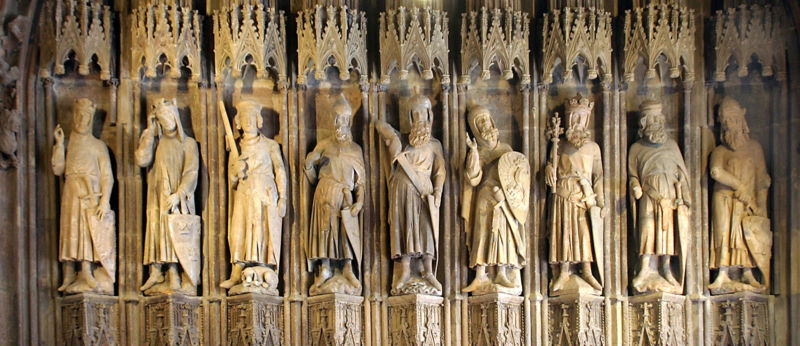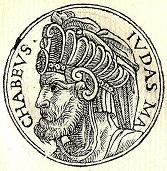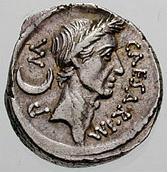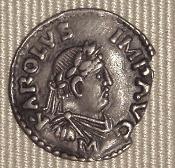
|
||
The Nine Worthies |
||
Old Law
|
Pagan Law
|
New Law
|
The question has come up about why there is no visible warrior elite—in the Traditional sense—in our time. The simple answer is that there is an insufficient mass of those who hold Traditional values intellectually, and the will and strength of character to communicate and live them out in the world. Since both Rene Guenon and Julius Evola considered Medieval Europe to be the last Traditional civilization in the West, it is instructive to study how the code of chivalry was creatively developed.
The warrior and priestly elites both looked back to the sources of their civilization. Although they proclaimed the same faith, and held the same broad outline of history, their choice of men to emulate were, of course, quite different. The primary heroes at that time came both from the ancient pagan world and from the stories of the Old Testament. The stories of these models of chivalry were scrupulously studied and then told and retold, usually in the form of the Medieval Romances. In the fourteenth century, Jean de Longuyon created a neat schematization in his Voeux du Paon. This set of three triads created the cult of the Nine Worthies.
 |
The first triad comes from the Old Law and consists of Joshua, who led the conquest of the Holy Land, King David, the great leader of the Hebrews, and Judas Maccabeus, the warrior who led the fight against the Seleucids. | |
 |
The next triad consists of Pagan warriors and includes Hector, the brave warrior of Troy, Alexander, the creator of the Hellenic Empire, and Julius Caesar, the Roman general and then emperor. | |
 |
The third triad refers to the Catholic civilization, heir of both the Hebrews and Pagans, and consists of King Arthur, the legendary British leader, Charlemagne, who founded the Holy Roman Empire, and Godfrey de Bouillon, the conqueror of the Kingdom of Jerusalem. |
The models were chosen for their valor, prowess, and military success, and as “representative men”, each had a particular relevance. For example, Hector not only was courageous but had a noble and courtly nature. Alexander, besides his conquests, was known for his largesse.
The characters are also archetypal and the symmetry of the scheme reflects the Medieval view of history and destiny of European man. The Old Law prepared the way for the New. The Pagan law created the Pax Romana that allowed the spread of the New Law. And of course, medievals saw themselves as the true heirs of both the Hebrews and the Pagans, and their civilization as the fulfillment of God’s divine plan.
NOTE: There is much opposition to this schematization including, disappointingly, among those who self identify as “Traditionalists” (demonstrating, of course, there is no such thing). First of all, the moderns reject out-of-hand anything to do with the Middle Ages. The Judeo-Christians reject any influence of paganism. The anti-Semites reject any acknowledgment of the Old Law. And the neo-pagans reject the New Law of the Middle Ages. This all reflects the continuing dispossession of the European-descended peoples, whose heroes and history are denied and distorted. If there is a better way of elucidating the nature and destiny of European man, then it needs to be made public.
“The simple answer is that there is an insufficient mass of those who hold Traditional values intellectually, and the will and strength of character to communicate and live them out in the world.”
Would a more detailed answer involve how the priestly caste is insufficient in representation, i.e. manifested in the world and “active” to give space to the warrior caste? If the downfall of castes started from the top, would not the restoration begin again there as they anoint the warrior caste?
Pingback: The importance of prayer to a warrior – That Which Matters Most
Pingback: Become Worthy: The Path of the Right - Social Matter
Pingback: Spiritual Reinvigoration | Gornahoor
Pingback: Gornahoor | Solidarity and Continuity
Pingback: » Remembering the Dead
Pingback: » The Shadow of the Emperor